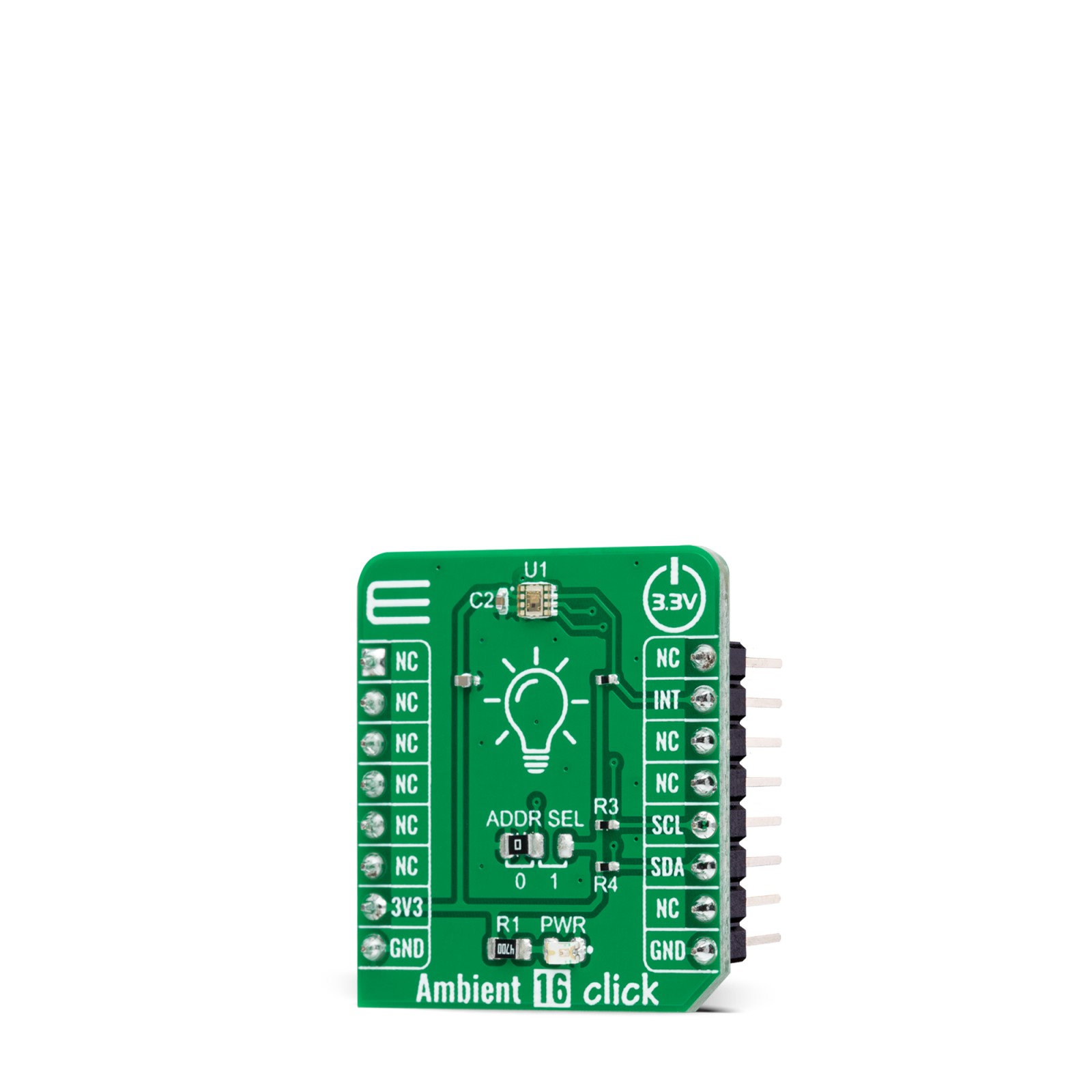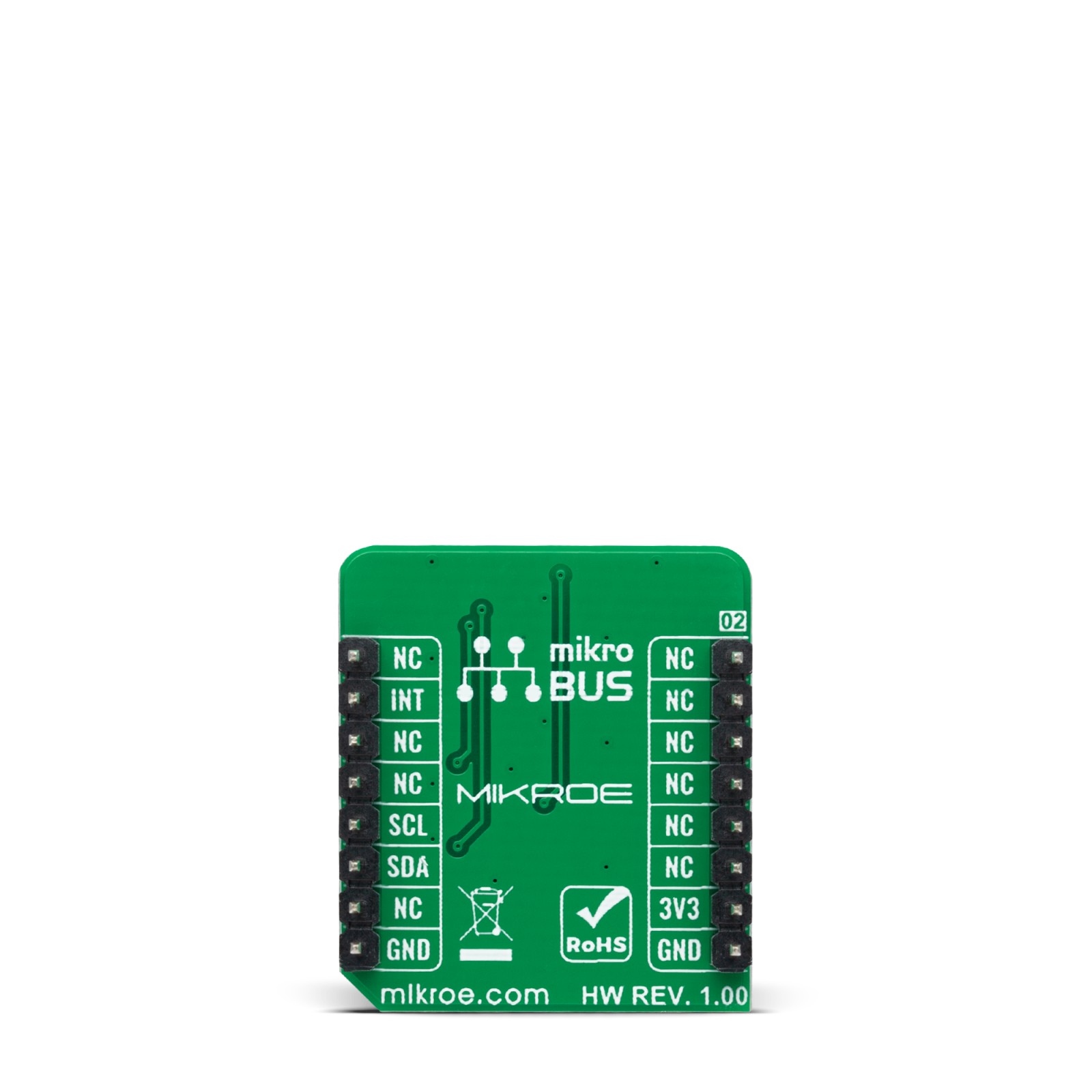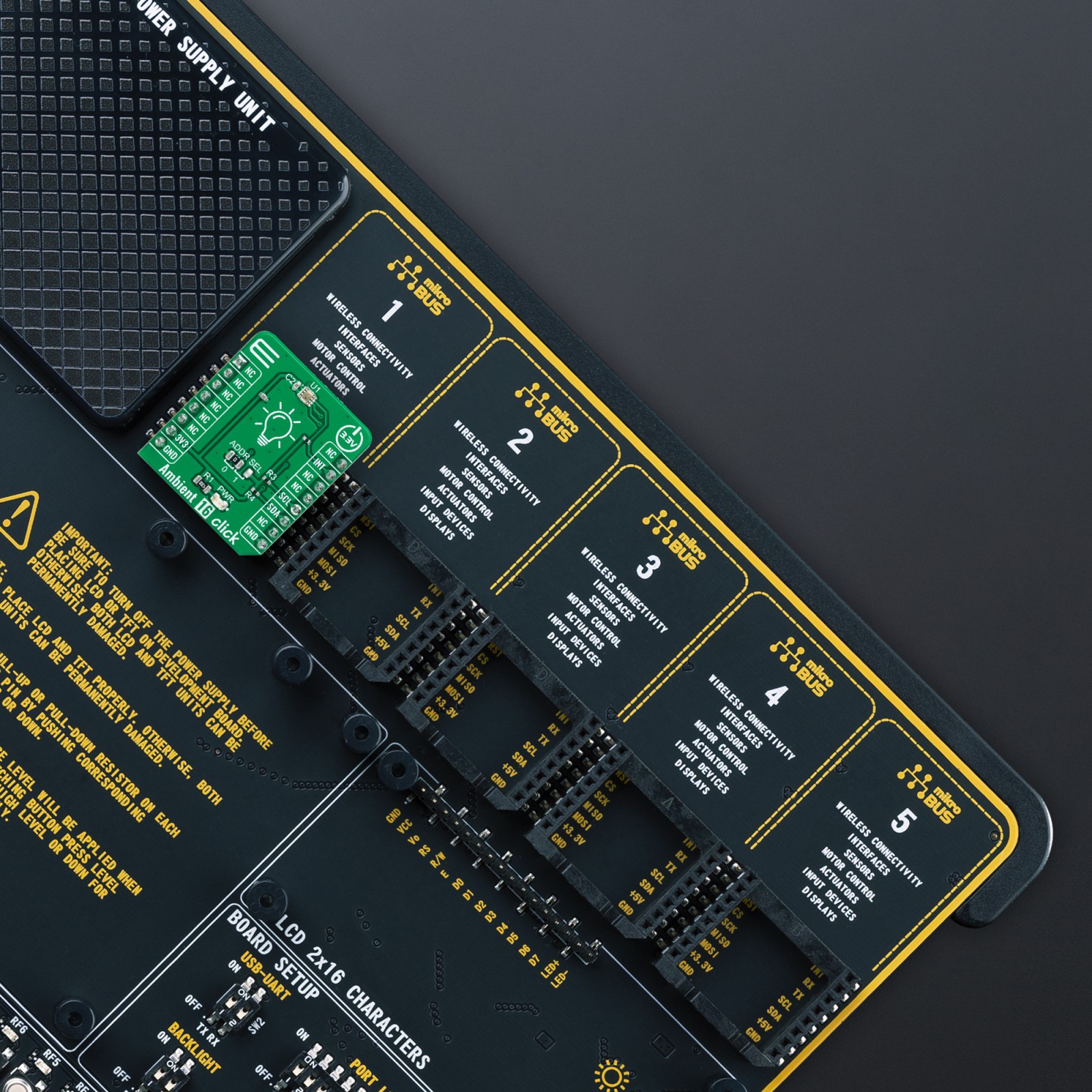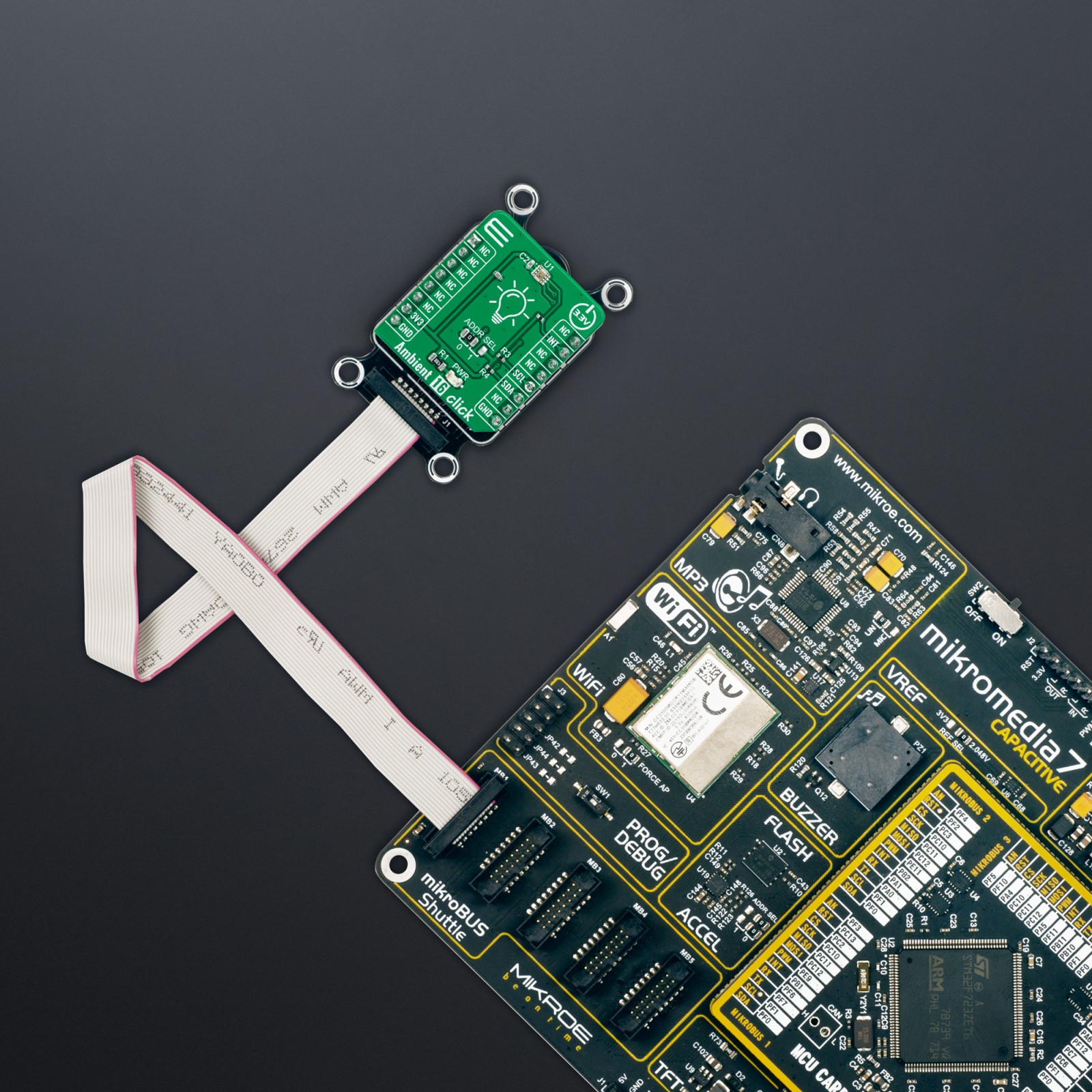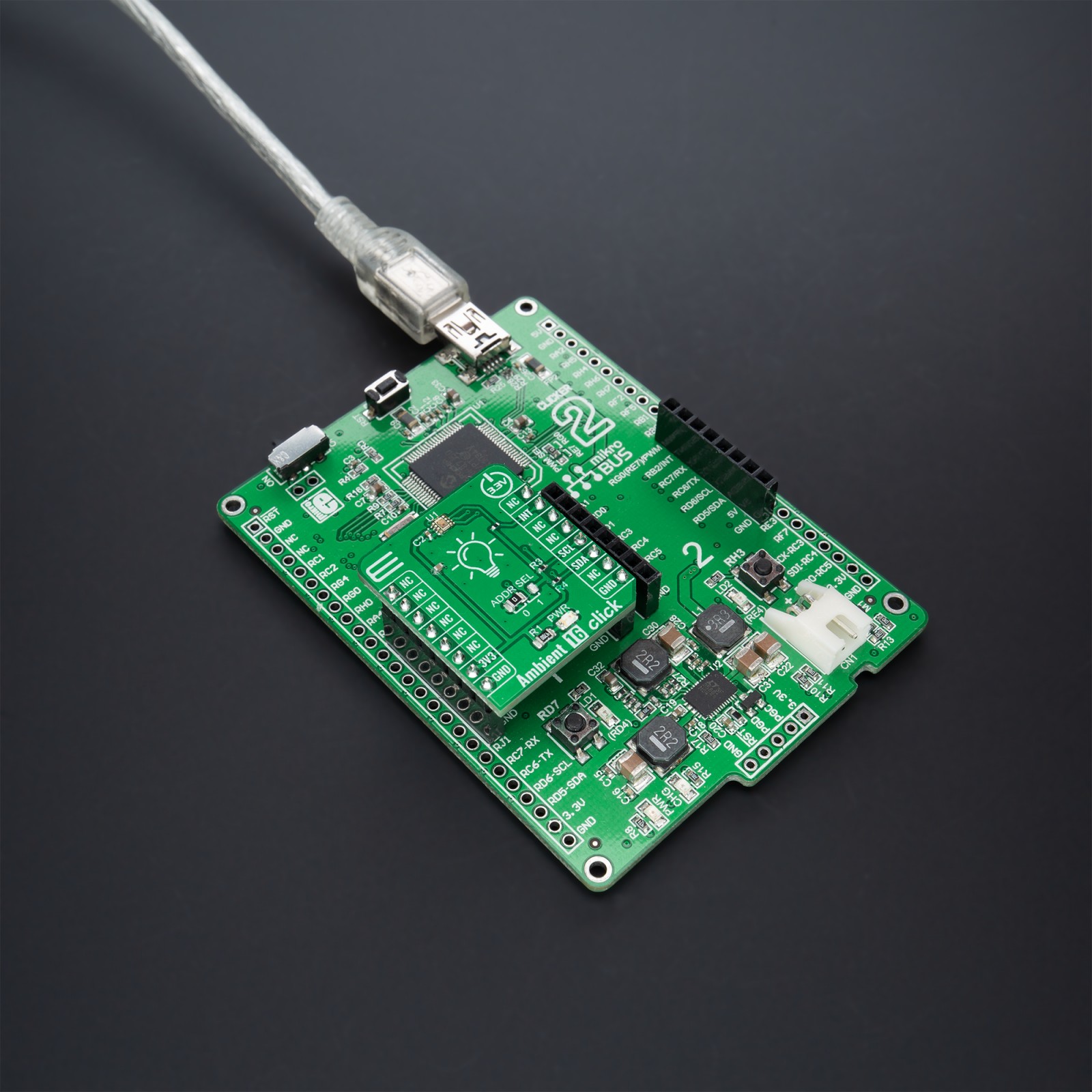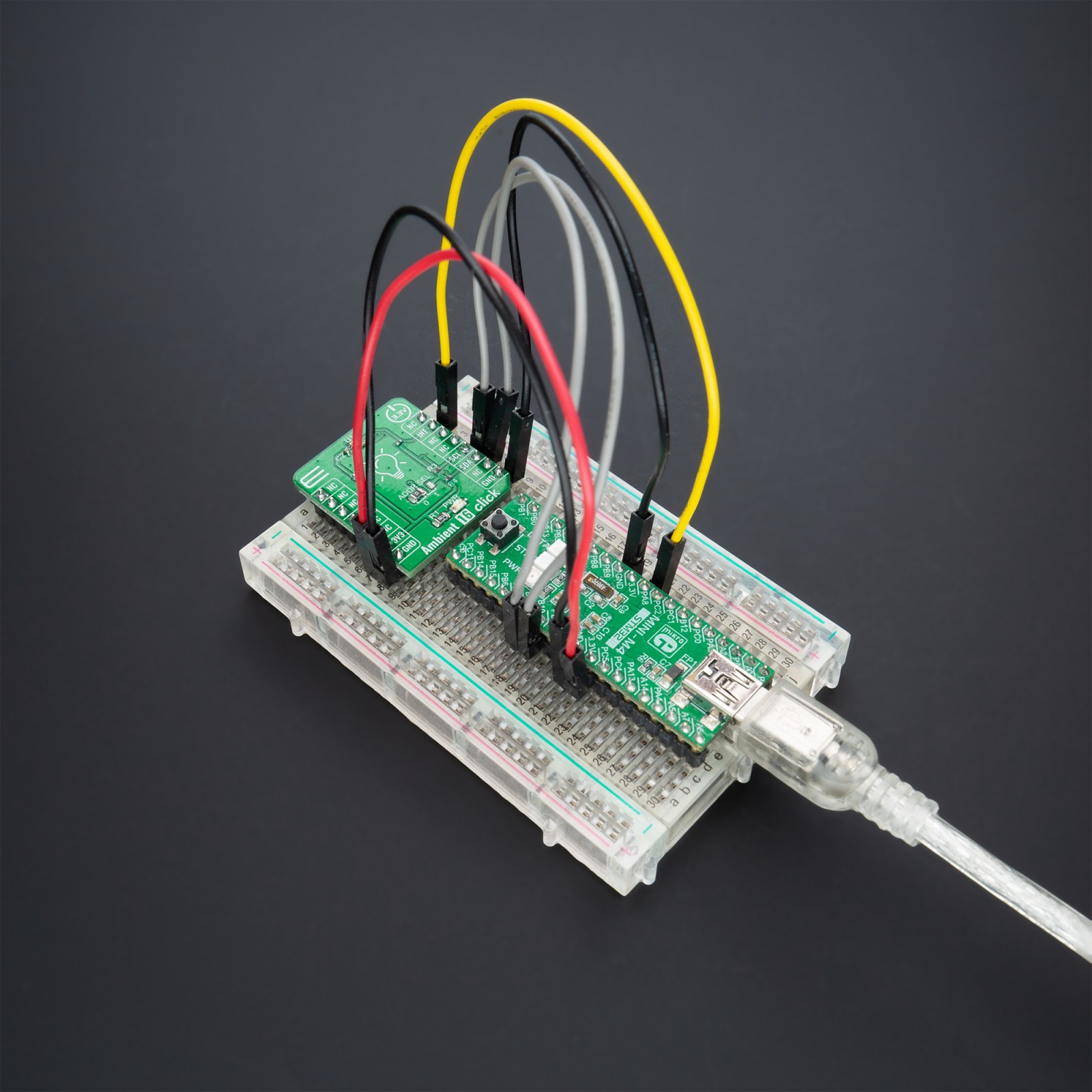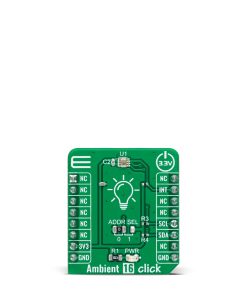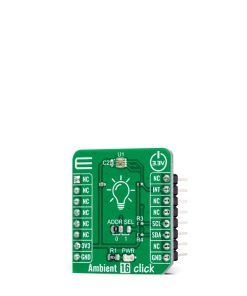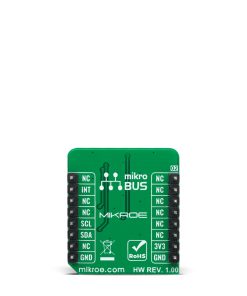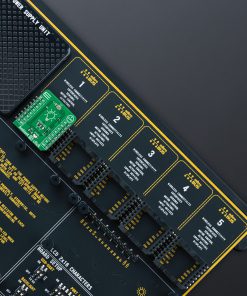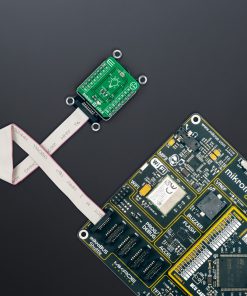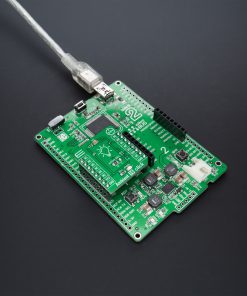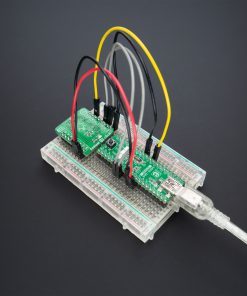-
×
 ccRF2 Click
1 × R800.00
ccRF2 Click
1 × R800.00 -
×
 RTC Click
1 × R390.00
RTC Click
1 × R390.00 -
×
 GSM/GNSS Click
1 × R1,700.00
GSM/GNSS Click
1 × R1,700.00 -
×
 METHANE Click
1 × R335.00
METHANE Click
1 × R335.00 -
×
 microSD Click
1 × R355.00
microSD Click
1 × R355.00 -
×
 GPS Click
1 × R1,050.00
GPS Click
1 × R1,050.00 -
×
 GSM Click
1 × R1,050.00
GSM Click
1 × R1,050.00
Subtotal: R5,680.00


